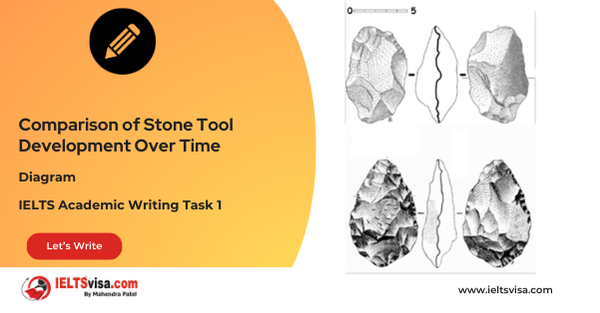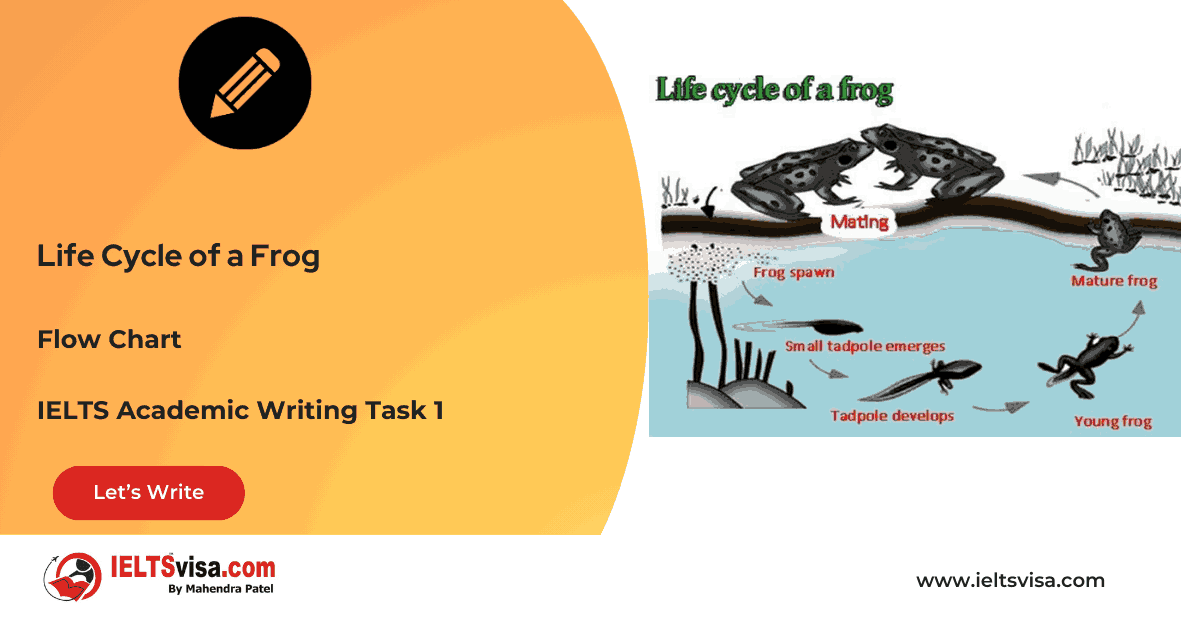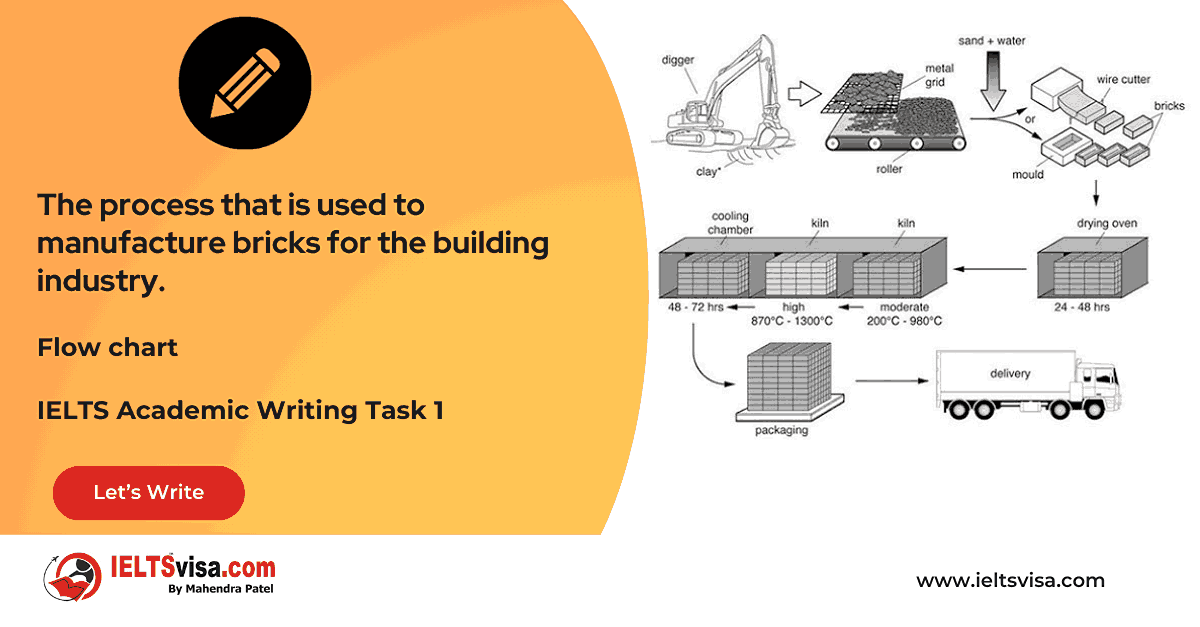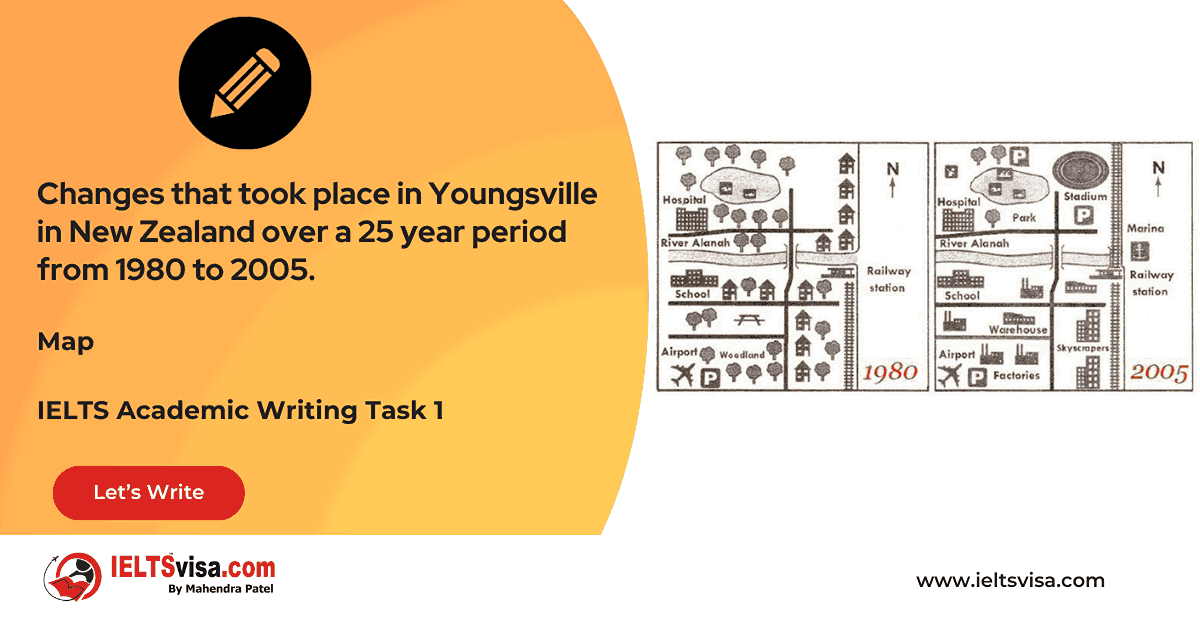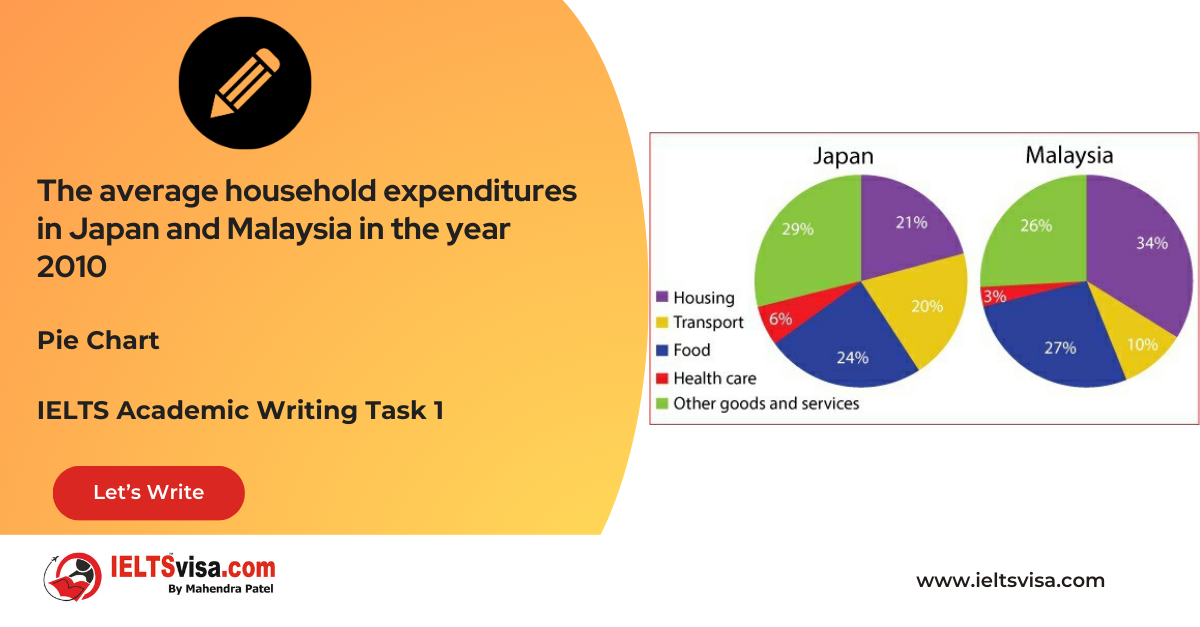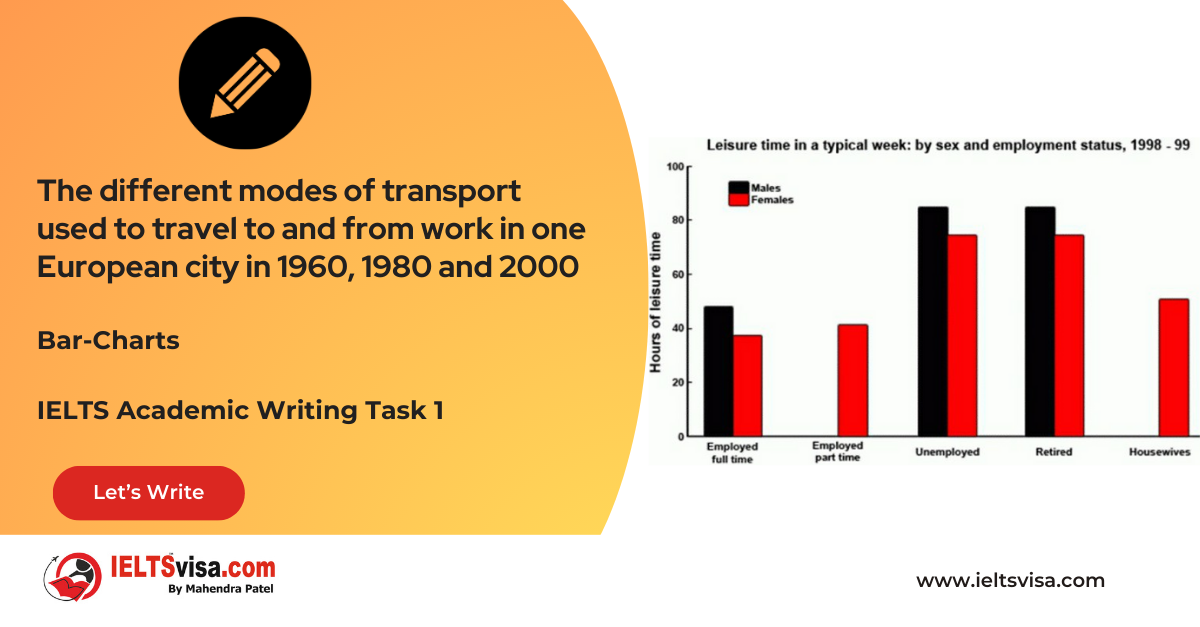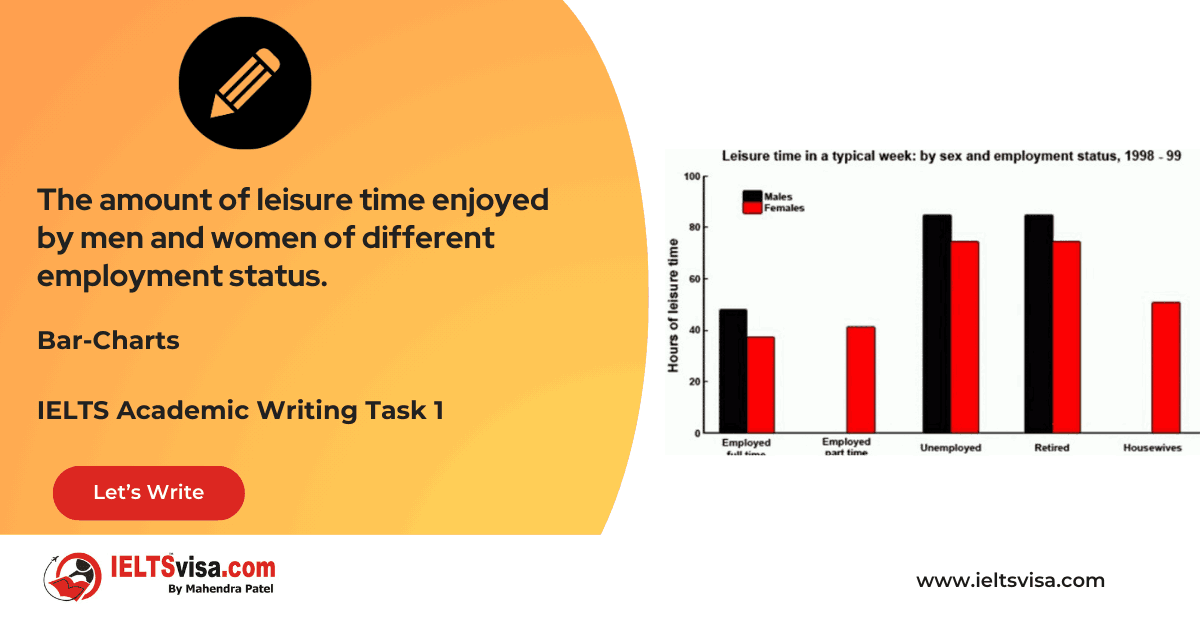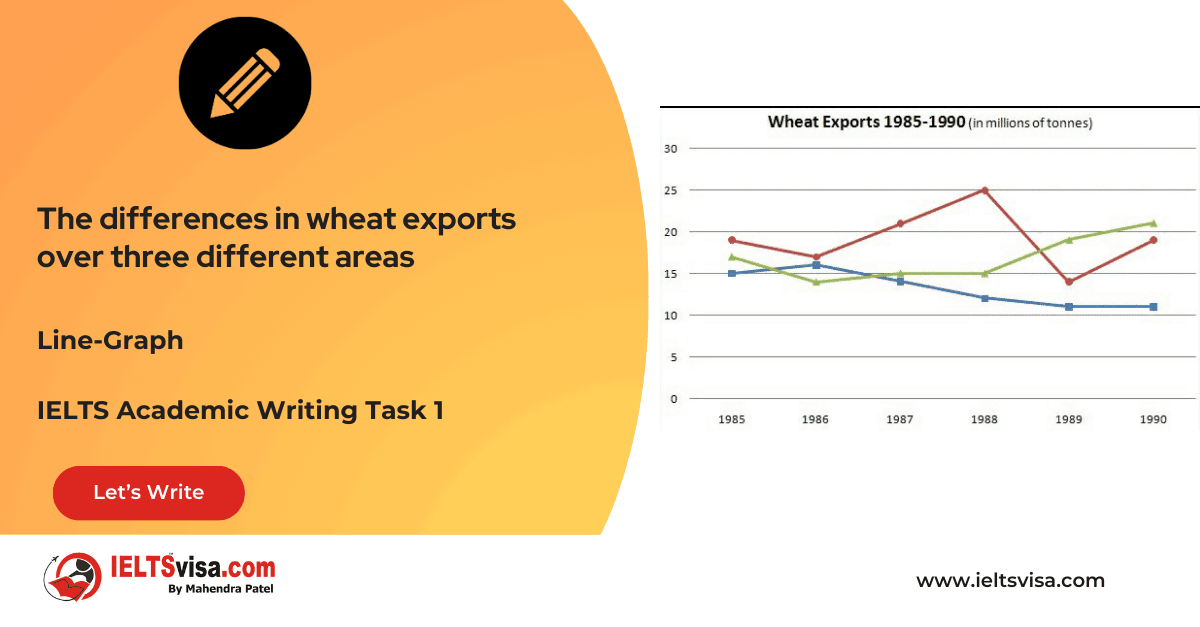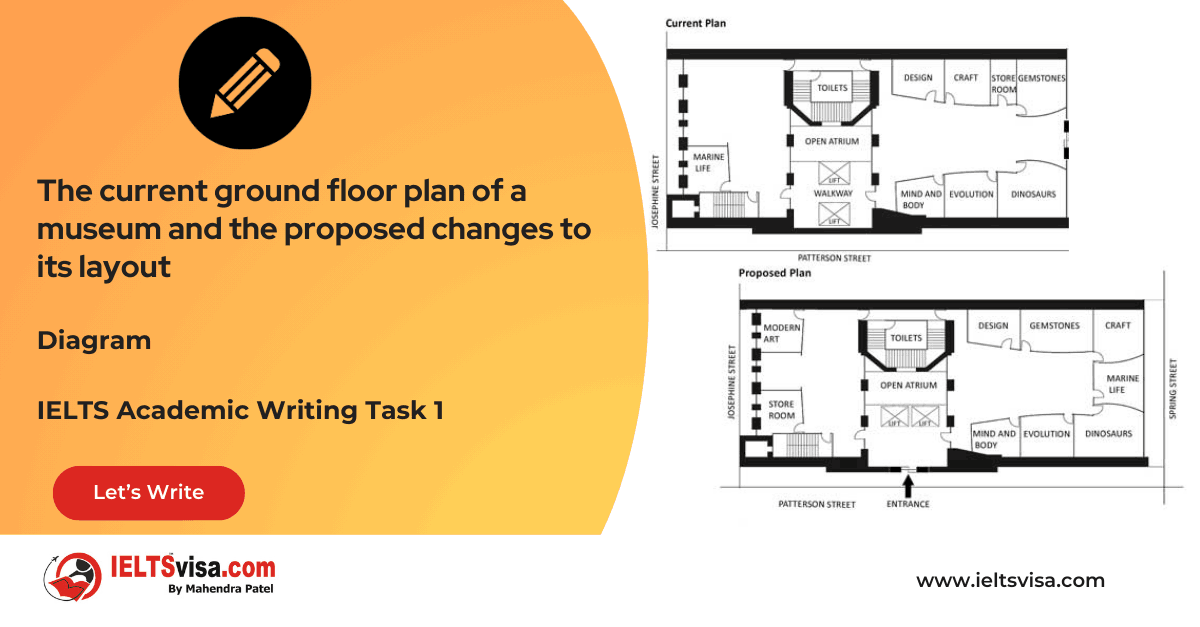Understanding the Purpose of the Process and Identifying the Main Stages
Processes -IELTS Academic Writing Task 1
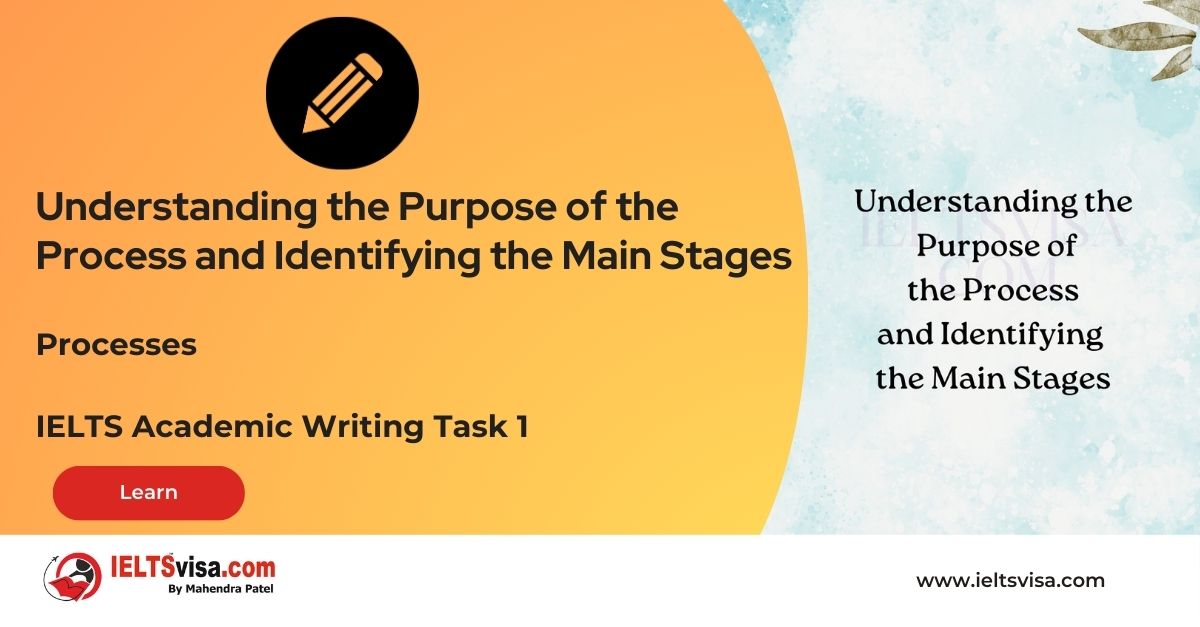
The IELTS Academic Writing Task 1 often presents candidates with a diagram or flowchart representing a process. It requires test-takers to analyze the given visual and describe the main stages or steps involved in the process.
This task assesses your ability to comprehend and convey information effectively.
In this article, we will discuss how to approach this task, understand the purpose of the process, and provide examples and sample answers.
1. Understanding the Purpose of the Process:
Before delving into the main stages of the process, it is essential to comprehend the purpose or objective of the process. This understanding enables you to accurately describe the steps involved and their significance. To grasp the purpose, carefully analyze the diagram or flowchart, paying attention to any labels, captions, or headings provided. This information will help you identify the overall function of the process and guide your description.
2. Identifying the Main Stages:
Once you have grasped the purpose, focus on identifying the main stages or steps involved in the process. Look for any significant changes or transformations occurring in the visual representation. These changes often indicate the distinct stages of the process. Pay attention to the order in which these stages occur, as sequencing is crucial in your description. Look for key features, such as inputs, outputs, tools, or equipment used in each stage. These details can enhance the accuracy of your response.
Let’s consider an example to better understand this concept:
The Water Purification Process:
Suppose you are presented with a flowchart illustrating the water purification process. This process aims to convert contaminated water into clean, potable water. The flowchart depicts the various steps involved in achieving this goal.
Sample Answer:
The provided flowchart illustrates the water purification process, which aims to convert contaminated water into clean, potable water. The process consists of five main stages.
In the first stage, water from a contaminated source enters the treatment facility through an intake pipe. This raw water undergoes a preliminary filtration process, where large debris and sediments are removed through a coarse screen. After this initial filtration, the water moves on to the next stage.
In the second stage, the pre-treated water passes through a set of fine screens, effectively removing more minor impurities such as particles and suspended solids. This process ensures that the water is free from any visible contaminants.
Following the second stage, the water enters a sedimentation tank, and in the third stage, the remaining impurities, such as fine particles and colloidal matter, settle down due to gravity. This settling process allows the removal of additional contaminants, resulting in more transparent water.
Next, the water undergoes disinfection in the fourth stage to eliminate harmful bacteria and microorganisms. Chlorine, a commonly used disinfectant, is added to the water in a carefully measured amount. This step ensures that the water is safe for consumption.
Finally, in the fifth and last stage, the disinfected water is treated with chemicals to improve its taste and odour. This stage may involve adding small amounts of chemicals such as lime or activated carbon to achieve the desired quality of the purified water.
In conclusion, the water purification process comprises five main stages. It begins with raw water intake, followed by preliminary filtration, fine screening, sedimentation, disinfection, and finally, chemical treatment. Each stage contributes to the overall objective of converting contaminated water into clean, potable water.
By following this approach, you can effectively analyze and describe the purpose of a given process and identify its primary stages. Remember to provide a clear and organized response while maintaining the accuracy of information.
Practice with various examples to enhance your skills and confidence in tackling IELTS Academic Writing Task 1 processes.








Our Books
Master IELTS Speaking Part 1
IELTS Writing Task 1 Book
IELTS Writing Task 2 Book
Practice IELTS Other Modules
IELTS Listening
The IELTS Listening test assesses how well you can understand spoken English in various contexts. It lasts about 30 minutes and is divided into four sections with a total of 40 questions. The listening tasks become increasingly difficult as the test progresses.
IELTS Academic Reading
The IELTS Academic Reading section assesses your ability to understand and interpret a variety of texts in academic settings. It is designed to evaluate a range of reading skills, including skimming for gist, reading for main ideas, reading for detail, understanding inferences, and recognizing a writer's opinions and arguments.
IELTS Speaking
The IELTS Speaking test assesses your ability to communicate in English on everyday topics. It lasts 11-14 minutes and consists of three parts: introduction, cue card, and a discussion based on the cue card topic.
IELTS General Reading
IELTS General Reading tests your ability to understand and interpret various types of texts. Here are some key areas and types of content you can expect to encounter in the reading section, along with tips for effective preparation.
IELTS Academic Writing Task 1
In IELTS Academic Writing Task 1, you are presented with a visual representation of information, such as graphs, charts, tables, or diagrams, and you are required to summarize, compare, or explain the data in your own words.
IELTS General Writing Task 1
In IELTS General Writing Task 1, you are required to write a letter based on a given situation. The letter can be formal, semi-formal, or informal, depending on the prompt. Here’s a breakdown of the key components to include in your letter
IELTS Academic Writing Task 2
In IELTS Academic Writing Task 2, you are required to write an essay in response to a question or topic. Here’s a guide to help you understand the essential elements of this task
IELTS Exam Tips
To succeed in the IELTS exam, practice regularly, familiarize yourself with the test format, improve your vocabulary, develop time management skills, and take mock tests to build confidence.
Grammer for IELTS
Grammar is the foundation of effective communication in English. Understanding tense usage, subject-verb agreement, and sentence structure enhances clarity and coherence in writing and speaking.
Vocabulary for IELTS
Vocabulary plays a crucial role in the IELTS (International English Language Testing System) exam, especially in the Speaking and Writing sections. Here’s an overview of why vocabulary is important and how it impacts your performance
RECENT IELTS SAMPLES QUESTIONS AND ANSWERS
Task 1 – Diagram – Comparison of Stone Tool Development Over Time
20:00 Start Pause Stop [df_adh_heading title_infix="IELTS Writing Task 1 Question" use_divider="on"...
Task 1 – Flow chart -Life Cycle of a Frog
20:00 Start Pause Stop [df_adh_heading title_infix="IELTS Writing Task 1 Question" use_divider="on"...
Task 1 – Flow chart -The process that is used to manufacture bricks for the building industry.
20:00 Start Pause Stop [df_adh_heading title_infix="IELTS Writing Task 1 Question" use_divider="on"...
Task 1 – Map – Changes that took place in Youngsville in New Zealand over a 25 year period from 1980 to 2005.
20:00 Start Pause Stop [df_adh_heading title_infix="IELTS Writing Task 1 Question" use_divider="on"...
Task 1 – Pie Chart – The average household expenditures in Japan and Malaysia in the year 2010
20:00 Start Pause Stop [df_adh_heading title_infix="IELTS Writing Task 1 Question" use_divider="on"...
Task 1 – Bar Graph – The different modes of transport used to travel to and from work in one European city in 1960, 1980 and 2000
20:00 Start Pause Stop [df_adh_heading title_infix="IELTS Writing Task 1 Question" use_divider="on"...
Task 1 – Bar Graph – The amount of leisure time enjoyed by men and women of different employment status
20:00 Start Pause Stop [df_adh_heading title_infix="IELTS Writing Task 1 Question" use_divider="on"...
Task 1 – Line Graph – The differences in wheat exports over three different areas
20:00 Start Pause Stop [df_adh_heading title_infix="IELTS Writing Task 1 Question" use_divider="on"...
Task 1 – Diagram – The current ground floor plan of a museum and the proposed changes to its layout
20:00 Start Pause Stop [df_adh_heading title_infix="IELTS Writing Task 1 Question" use_divider="on"...

